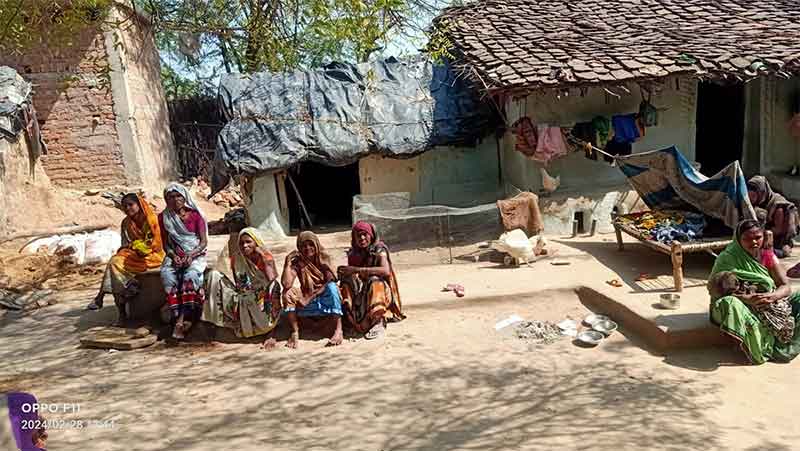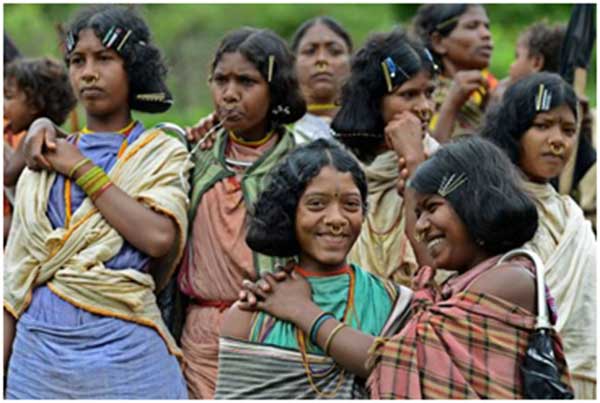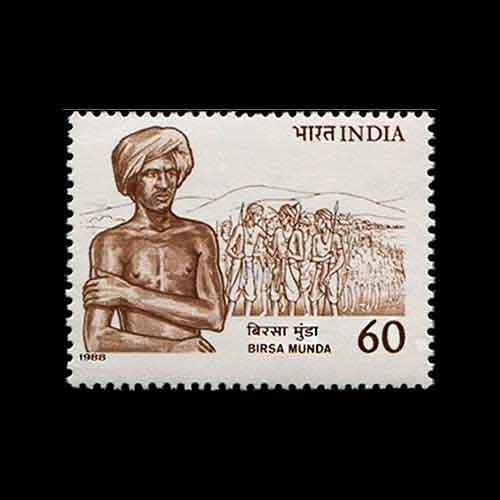
The Odisha Government has recently proposed to bring a major change in the Odisha Scheduled Areas Transfer of Immovable Property (by STs) Regulation, 1956. The amendment aims at allowing a tribal person to sell his/her land to a non-tribal person with the permission of the Sub-collector and if the Sub-collector denies then the decision of the District Collector will be final. The land can be sold for non-agricultural purposes and both the public and private entities can purchase it. The provision of mortgaging the land is also there.
The Regulation of 1956 had a strict provision of Non Transferability of the land of a tribal person. Some changes were introduced in this Regulation in 2002 where a tribal was allowed to sell his/her land to another tribal but not to someone who is non-tribal. This change brought some flexibility in the provisions though but the core theme of ‘land-tribe inalienability’ was not harmed. This amendment respected the descriptive fellow sentiments of tribal communities. Tribalness was upheld. The tribals have historically come across a series of incidents of land grabbing, forced labour and commercialisation of their land by non-tribals. The 2002 amendment well remembered this commonality of the memories and problems of tribals.
What Repercussions could this new Amendment hove for Tribal Life
The recently proposed amendment makes a provision for a greater chance of third party intervention into the scene. The question is now no more concerned with land-tribe inalienability. Opening it up for the non-tribals for even non-agricultural purposes seems like leaving an isle alone in a large lake and expecting at the same time that the isle will not submerge but will rise.
The new amendment will open up the tribal land from all the three sides and on one side the sub collector will be the guarding authority who has to decide whether a particular selling of land is worthy for the tribal or not. If the sub collector disagrees then the Collector should be reached out within a period of six months and his/her decision will be final. This whole procedure directs toward a surrogacy of tribal rationality.
The bureaucrats also have the responsibility to ensure that the Tribal farmer doesn’t become completely landless. What will be the lower limit of land possession by a tribal is not clear.
A further menace to tribal land is no guaranteed provision of minimum price of the land. Mortgaging of land is mostly done under compulsive and unfavourable conditions. Therefore, manipulation of price, land grabbing and accumulation under inappropriate contracting has very high chances of occurrence in such situations. A grievance redressal mechanism has also not been put forth as to where can a tribal move for getting fast justice on being cheated and victimised.
There was no expert team upon the recommendation of who’s study this amendment is suggested. “Due to such provisions, the educated youth belonging to ST communities were facing many difficulties. Realising this problem and based on the recommendations of the Scheduled Tribes Advisory Council, the amendments were made,” said an official note though. It appears to be lacking in ground concerns and makes the future of tribals clumsy.
What Land means to Tribals
Land is not only a mere plot of soil and rocks for tribals. Their social norms and values are rooted into their soil and then connected to their soul. It is not only a matter of economy and livelihood for them but also bears socio-cultural, spiritual, medicinal and ancestral significance.
Opening up tribal land to private intervention will commercialise it and the other socio-cultural edifice will leach away. Tribal lands are closely associated with water and forests. Many of the tribal lands are located along hilly terrains, near water streams and amid deep forests. Tribal land therefore shouldn’t be seen as an autonomous monolithic unit. It is a trio of ‘Jal, Jungle and Jameen’. Letting the open market play its game on land will eventually penetrate into jal and jungle as well. For these reasons, the proposed amendment has more chances of adding to tribal problems than helping them out.
Bholeswar Naik is a PhD candidate in the Centre for South Asian Studies, Jawaharlal Nehru University, New Delhi















































